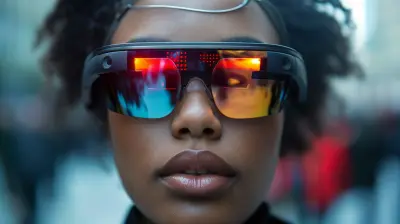The Role of EVs in Reducing Global Carbon Emissions
12 August 2025
Electric vehicles (EVs) aren't just the shiny new toys on the road. They're playing a seriously important part in our fight against one of the most pressing issues of our era — climate change. Yes, those sleek, whisper-quiet cars are doing a lot more than just turning heads.
If you've ever wondered whether EVs are worth the hype, you're definitely not alone. Can they really make a difference in reducing global carbon emissions, or are they just another passing trend in the green revolution? Let's break it all down and get to the heart of the matter.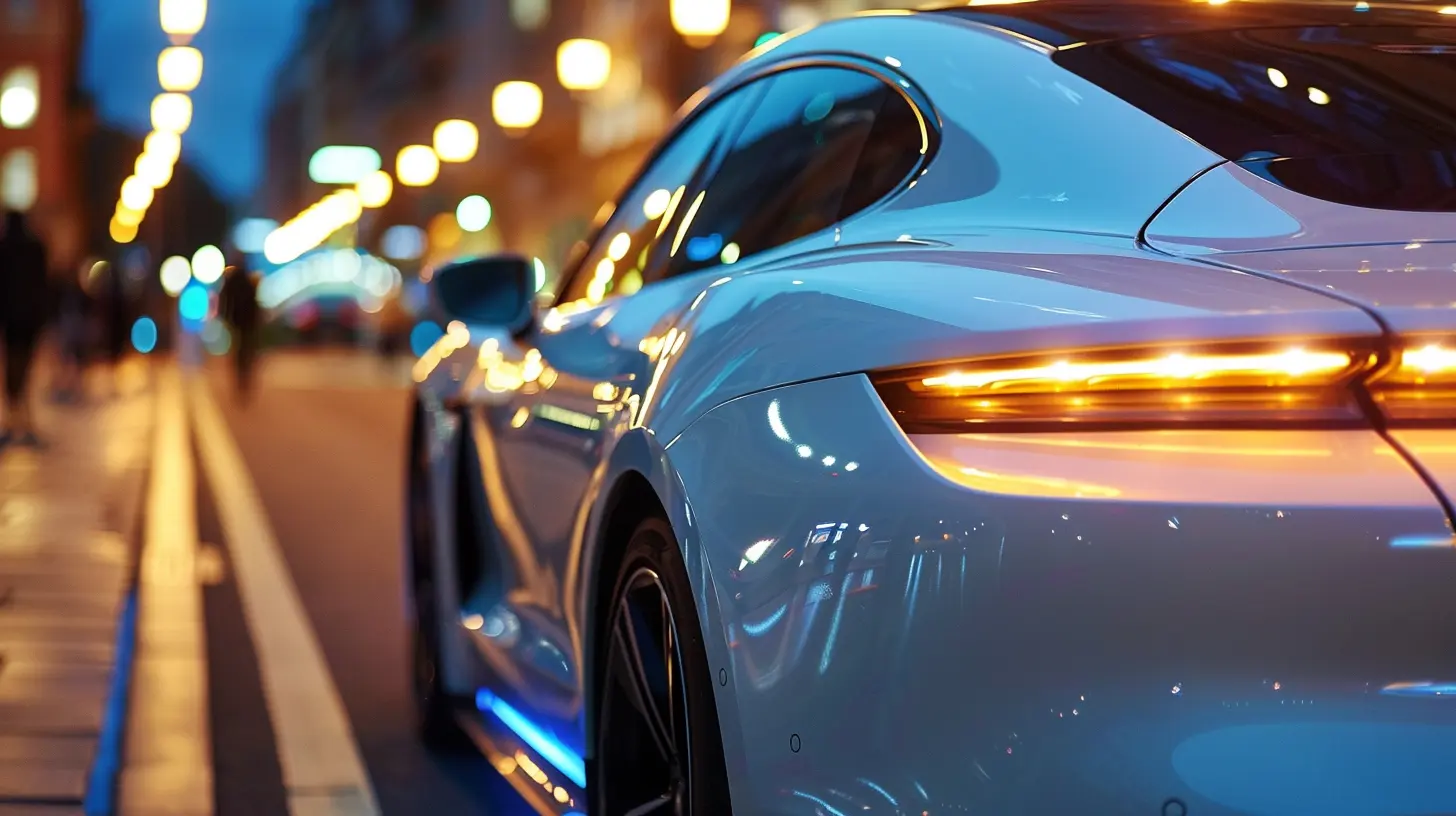
What’s the Big Deal with Carbon Emissions?
Before we dive deep into EVs, let’s talk about the beast we’re trying to tame — carbon emissions.So, here's the thing: carbon dioxide (CO₂) and other greenhouse gases are heating up our planet. They trap heat in the atmosphere like a giant invisible blanket, leading to rising global temperatures, freakish weather patterns, and rising sea levels.
And guess what one of the major culprits is? You got it — transportation.
In fact, the transportation sector is responsible for nearly a quarter of the world’s energy-related CO₂ emissions. Cars, trucks, buses, airplanes — they all run mostly on fossil fuels. That means every time you start your gas-powered car, you're sending more carbon into the air. Not ideal.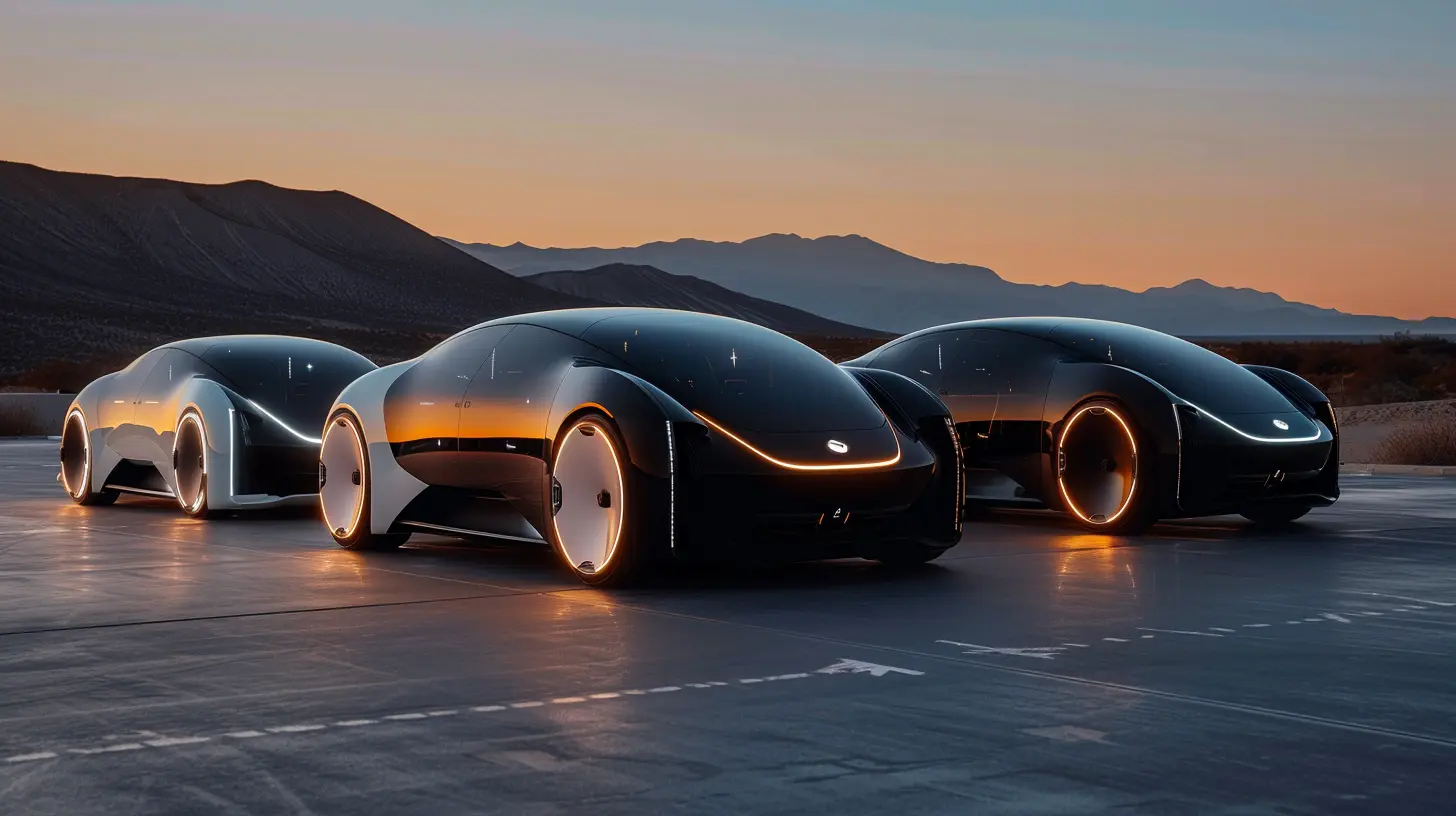
EVs to the Rescue: How They’re Changing the Game
1. Zero Tailpipe Emissions
Let’s start with the most obvious win. EVs have zero tailpipe emissions. That’s right — no smog, no carbon dioxide, no pollutants spewing out the back.Traditional gas or diesel cars emit carbon dioxide every time they burn fuel. EVs, on the other hand, run on electricity. So when you drive an EV, nothing harmful comes out of the tailpipe (because most don’t even have one!).
Now, full disclosure — electricity production can still generate emissions depending on how it’s made. But we'll get to that in a bit.
2. Cleaner Energy = Cleaner Driving
Here’s where things get even more interesting. The beauty of EVs is they’re only as “dirty” as the electricity they use.As power grids get greener (thanks to wind, solar, and hydro), EVs automatically become cleaner too. This is a huge advantage over gas cars, which will always emit carbon, no matter how efficient they get.
So essentially, driving an EV is like drinking from a river that’s gradually getting purer every year — and you don’t have to do anything different to enjoy the benefits.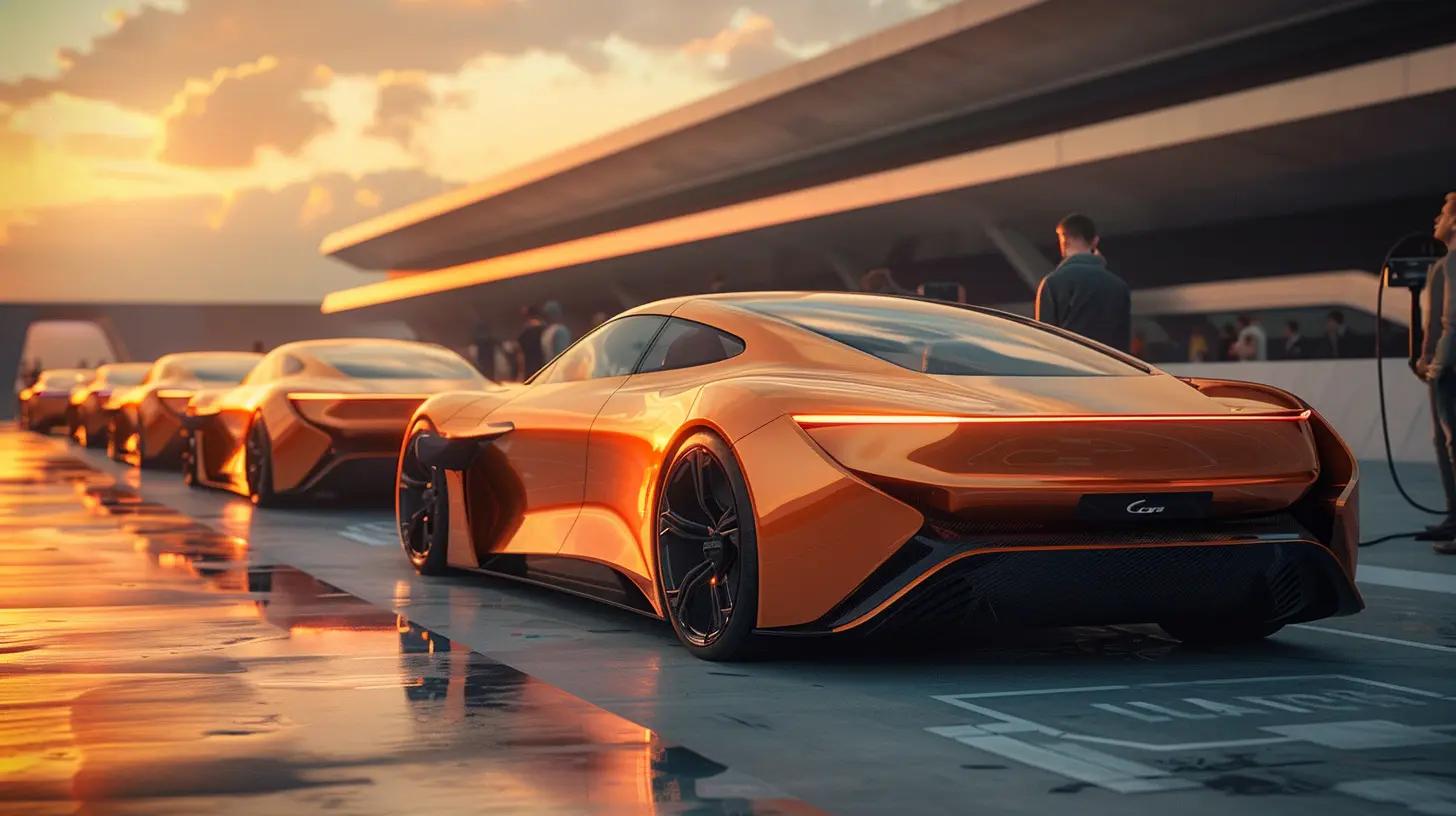
The Numbers Don’t Lie: EVs vs. Gas Cars
Let’s talk data. According to various environmental studies, over the lifecycle of a vehicle (that’s manufacturing, driving, and disposal), EVs can produce up to 60% fewer emissions than their gasoline counterparts.Manufacturing EV batteries does take a good amount of energy, but once those vehicles hit the road, they more than make up for it with their emission-free driving.
Even in regions powered mostly by fossil fuels, EVs still tend to have a smaller carbon footprint compared to traditional cars.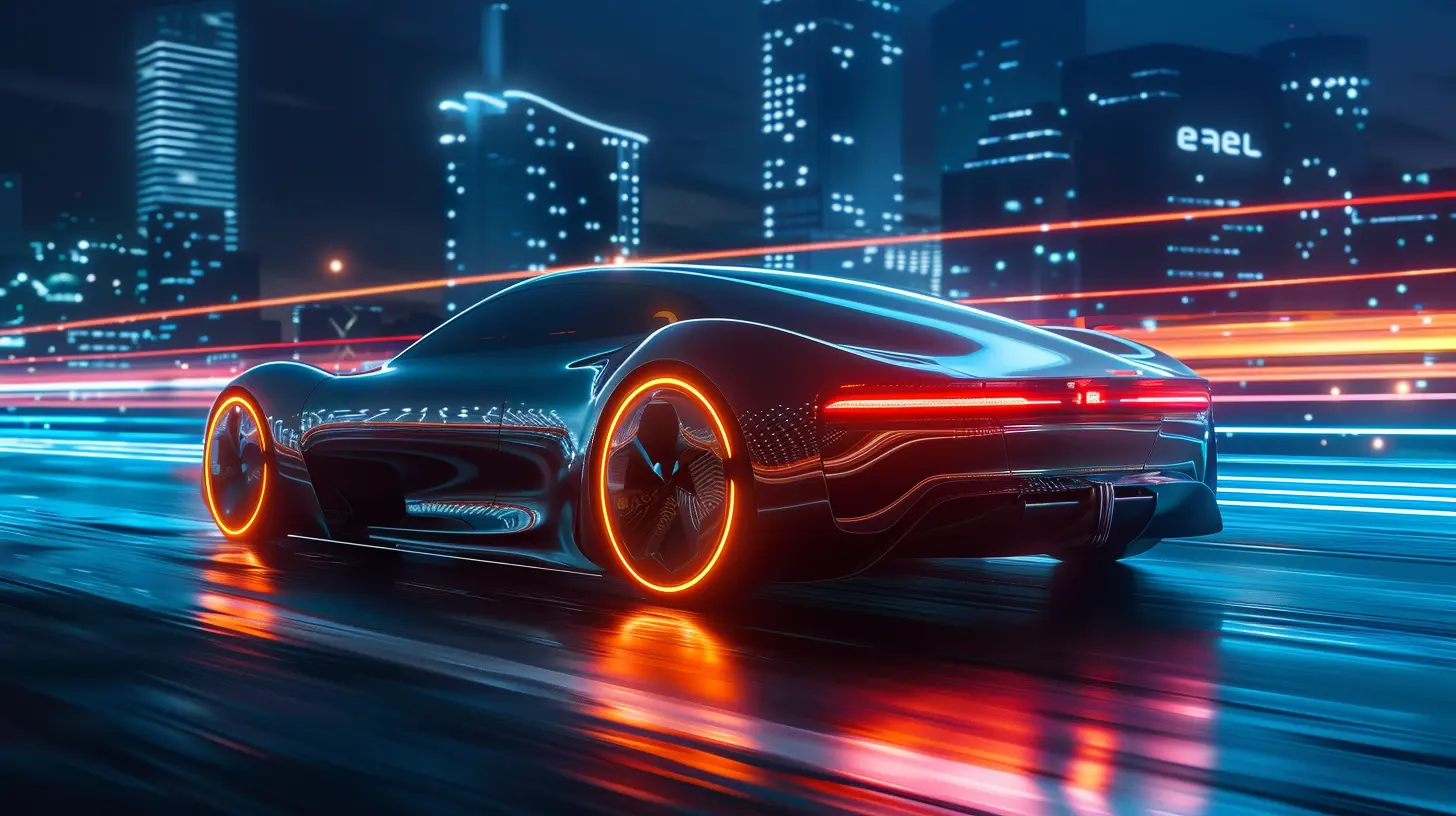
But Wait — Aren’t EV Batteries Bad for the Environment?
Great question. EV critics love to point fingers at battery production, and yes, it’s true — mining materials like lithium, cobalt, and nickel isn’t exactly a green process. But this isn’t the end of the story.Here’s the Bigger Picture:
- One-time cost: That intensive mining and energy use happens once — when the battery is made.- Long-term savings: Over its lifetime, an EV will still produce significantly fewer emissions than a gas-powered vehicle.
- Recycling innovation: Battery recycling tech is getting better fast. Companies are already repurposing old EV batteries for backup power and storage.
- Cleaner sourcing: There's growing pressure to mine better — more ethically, sustainably, and locally — reducing environmental and social damage.
So yeah, batteries come with their baggage, but it's baggage we’re learning to handle better every year.
EVs + Renewable Energy = A Dream Team
Ever thought about charging your car with sunshine?Pairing EVs with home solar panels or other renewable sources is like giving your car a green smoothie every morning. When your electricity comes from clean sources, you’re truly driving emission-free.
This combo is a game-changer. It means:
- Energy independence (goodbye gas stations!)
- Lower energy bills
- Ultra-clean transportation
And we’re not far off from even cooler innovations. Think about vehicle-to-grid (V2G) technology, where your car can feed energy back into the grid, acting like a giant battery that helps power your home or community. The future is electric, smart, and insanely efficient.
Governments and Policies Are Stepping Up
We’re seeing a massive global push to make EVs the new normal:- Countries like Norway and the Netherlands are aiming to ban sales of new gas-powered vehicles in the next few years.
- The U.S., UK, and China have rolled out aggressive EV adoption goals and incentives.
- Cities are adding EV-only zones, cracking down on pollution, and offering perks like free parking and toll exemptions.
These moves aren’t just about climate. They’re also about cleaner air, healthier communities, and reduced dependence on imported oil.
Auto Industry Is Going All-In
It’s not just governments that see the writing on the wall. Major automakers are pouring billions into electrification.Tesla may have led the revolution, but now everyone’s riding the wave:
- GM plans to go all-electric by 2035.
- Ford is investing heavily in electric trucks like the F-150 Lightning.
- Volkswagen, BMW, Toyota — you name it — they’ve all jumped in.
This shift means more EV models, better performance, longer range, and lower prices. The market is heating up, and that’s great news for consumers and the planet alike.
Challenges Still on the Road
Now, let’s not sugarcoat everything. EVs aren’t perfect, and we're still facing a few bumps.1. Charging Infrastructure
Range anxiety is real. Even though EV ranges are improving, the lack of fast, widespread charging stations is still a barrier.The good news? Governments and private companies are investing billions to expand EV charging networks. Think of it like the early days of the internet — we’re laying the foundation for something massive.
2. Upfront Costs
EVs still tend to cost more upfront than gas cars, but that gap is shrinking fast. Plus, with lower fuel and maintenance costs, many EV owners save money in the long run.And let's not forget tax credits, rebates, and other incentives that can sweeten the deal.
3. Battery Longevity and Recycling
People worry about how long batteries last. Most modern EV batteries are built to last 10-15 years or more, and again — battery recycling and second-life uses are expanding.The Ripple Effect of Going Electric
When you drive an EV, you’re not just helping the environment — you’re also sending out ripples:- Cleaner air in cities = less asthma, better health.
- Fewer noise pollutants = quieter, more peaceful neighborhoods.
- Lower energy demand spikes = better grid control and efficiency.
Even better? Your decision encourages others to think about their choices, too. Change starts with one person — and that one person could very well be you.
Bottom Line: EVs Are Driving Toward a Better Future
Let’s be real: fighting climate change isn’t easy. There’s no silver bullet. But EVs come pretty darn close to being one of the most powerful tools we have.They’re not just cars — they’re a movement.
A movement toward cleaner skies, healthier cities, and a more sustainable planet. And it doesn’t require you to plant a tree every weekend or live off-grid. Just choose electric for your next ride, and you’re doing your part — without changing your whole life.
So the next time you hear someone ask, “Do EVs actually help the environment?” — you can smile and say, “Absolutely. And they look good doing it, too.”
Final Thoughts
In the fight to reduce global carbon emissions, EVs are playing a leading role — and their impact is only getting stronger. With cleaner energy fueling them, more models hitting the market, and governments backing the transition, the momentum is unstoppable.Driving electric isn’t just a cool choice — it’s a smart, conscious, future-focused one.
So, are you ready to be part of the solution?
all images in this post were generated using AI tools
Category:
Electric VehiclesAuthor:

Vincent Hubbard
Discussion
rate this article
1 comments
Reid McCord
EVs are a crucial step, but systemic change is essential.
August 31, 2025 at 12:44 PM

Vincent Hubbard
Absolutely, while EVs are key to reducing emissions, comprehensive systemic changes are vital for sustainable progress.
